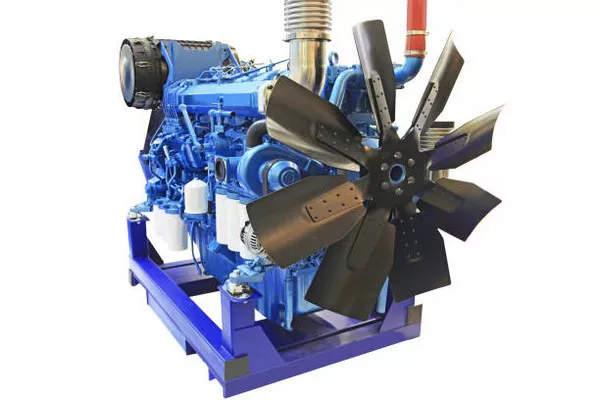In the intricate world of electrical engineering, the efficient and safe transfer of electrical energy is paramount. Current Transformers (CTs) and Voltage Transformers (VTs) play crucial roles in this process, serving as essential components in power systems. These transformers are designed to measure and monitor electrical currents and voltages, respectively, ensuring accurate and reliable information for protective relaying, metering, and control applications. This article delves into the fundamentals of current transformers and voltage transformers, exploring their functions, types, and applications in modern electrical systems.
Current Transformers (CTs)
A Current Transformer, commonly known as a CT, is a vital device used to measure alternating current (AC) flowing in a conductor. Its primary purpose is to transform high currents into proportional, manageable levels for safe measurement and control. CTs are indispensable in various applications, including protective relaying, metering, and energy management systems.
Functions of Current Transformers:
Current Measurement:
The primary function of a CT is to measure the current flowing through a conductor accurately. By stepping down the current to a level suitable for measurement, CTs enable precise monitoring of electrical currents without risking damage to measuring instruments.
Protective Relaying:
CTs play a crucial role in protective relaying systems, where they are used to detect abnormal current conditions, such as overcurrent or short circuits. When an abnormality is detected, the CT signals protective devices to isolate the faulty section of the electrical system, preventing damage and ensuring safety.
Metering:
CTs are integral to accurate energy metering. By providing a scaled-down representation of the current, CTs allow energy meters to record power consumption accurately. This is essential for billing purposes and assessing the efficiency of electrical systems.
Types of Current Transformers:
Ratio CTs: These CTs are designed to provide a specific turns ratio between the primary and secondary winding, ensuring a proportional reduction in current levels. Ratio CTs are commonly used in metering applications.
Protection CTs: These CTs are optimized for protective relaying applications. They are designed to handle higher overcurrent conditions and provide accurate measurements during fault conditions.
Wound CTs: Wound CTs consist of a wound primary and secondary winding. They are suitable for a wide range of current measurements and are commonly used in industrial applications.
Bar-type CTs: Bar-type CTs have a rectangular or circular cross-section and are suitable for busbar or cable applications. They are often used in high-voltage substations.
Voltage Transformers (VTs)
Voltage Transformers, also known as Potential Transformers (PTs), are devices designed to measure electrical voltages in power systems. Like CTs, VTs transform high voltages into lower, standardized levels for accurate measurement and protection purposes.
Functions of Voltage Transformers:
Voltage Measurement: The primary function of a VT is to accurately measure the voltage in a power system. By reducing high voltages to levels suitable for measurement, VTs enable the monitoring of voltage conditions across various components.
Protective Relaying: VTs are essential in protective relaying, providing accurate voltage information to protective devices. They play a critical role in detecting abnormal voltage conditions and triggering protective actions to safeguard electrical equipment.
Metering: Similar to CTs, VTs are crucial for accurate energy metering. By providing a scaled-down representation of the voltage, VTs allow energy meters to measure power consumption precisely.
Types of Voltage Transformers:
Capacitive Voltage Transformers (CVTs): CVTs use a capacitor divider to reduce voltage levels for measurement. They are compact and suitable for indoor applications, providing accurate voltage measurement in medium to high-voltage systems.
Inductive Voltage Transformers (IVTs): IVTs use an inductive principle to step down high voltages. They are commonly used in outdoor applications and are suitable for high-voltage substations.
Electromagnetic Voltage Transformers: These transformers use an electromagnetic design to provide accurate voltage measurements. They are often used in high-accuracy metering applications.
See Also How Does A High Voltage Transformer Work
Conclusion
In the realm of electrical engineering, the roles of Current Transformers and Voltage Transformers are paramount. CTs and VTs ensure the safe and accurate measurement of currents and voltages in power systems, enabling efficient energy transfer, protective relaying, and precise metering. Understanding the functions and types of these transformers is essential for engineers and professionals working in the field of electrical power systems. As technology continues to advance, the importance of CTs and VTs will persist, contributing to the reliability and efficiency of modern electrical infrastructure.

